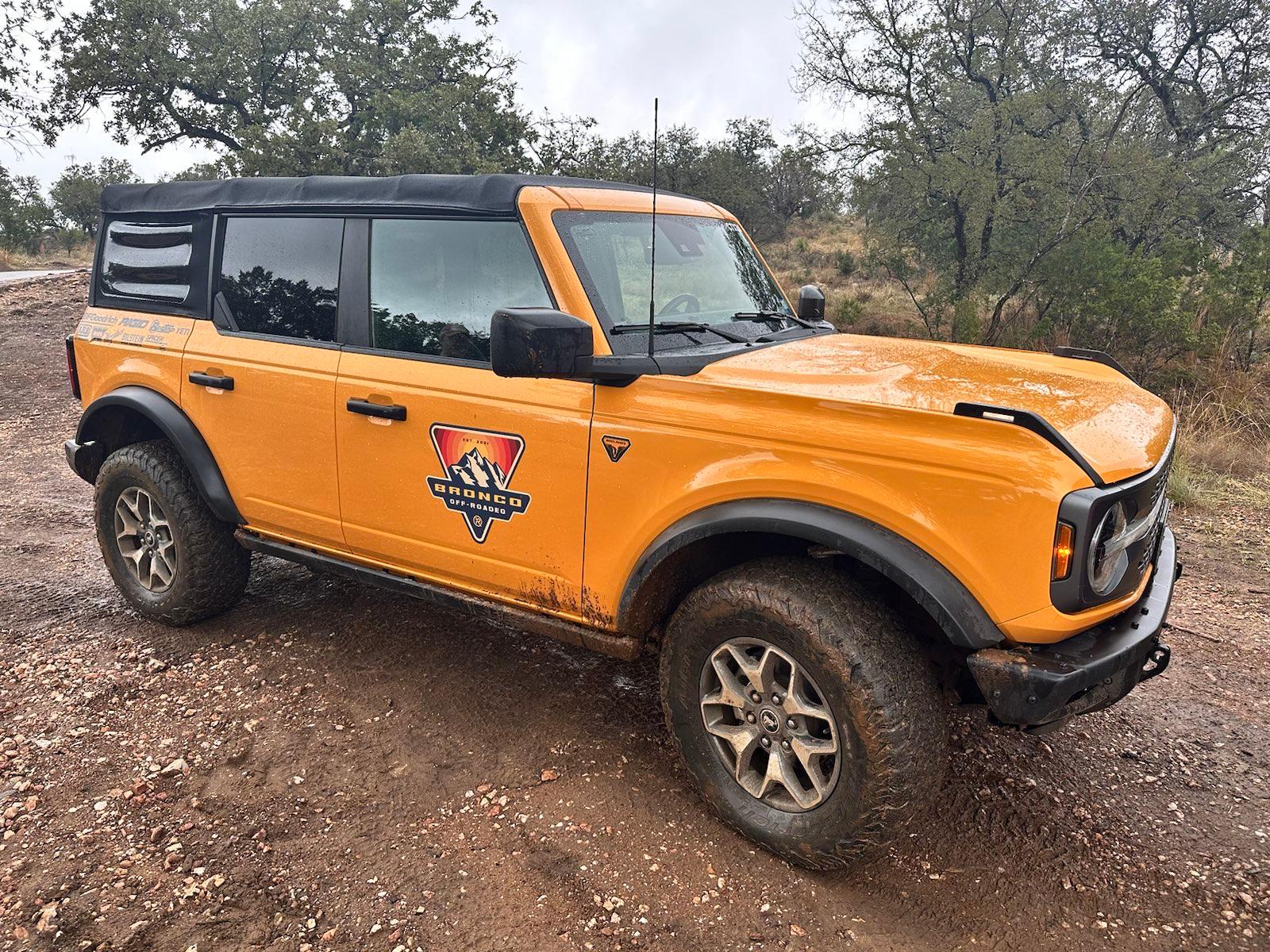last year when I went back to Arch from Manjaro, I made a critical error. I’m not sure if I was just tired when partitioning things off or what. but I made my root only 20GB instead of the 50 that I had intended. I know in a lot use cases that’ll be fine, but in mine, not so much. with steam compat taking up 1-2gb and keeping one version of pacman cache, I’m constantly getting the redline warning.
Tonight I plan on booting to live and resize my luks drive and hopefully not fuck it. and if I do? oh well…Timeshift will hopefully save me.


If you resize the partition? No, the UUID gets allocated when the partition is created and stays the same for the lifetime of the partition. It only changes if you explicitly change it manually. Which is something that’s only needed very rarely.
For example I had to do it when I migrated my root disk to a larger SSD by
cat-ing the entire disk to the new one and I wanted to keep both connected for a while (so I can boot into the old one in case anything went wrong). I had to change the UUID of the partition on the new disk but I still ran into some obscure grub issues and had to boot a system rescue live stick into the new disk to update grub properly. Overall it’s not a very good idea, in the future I think I’ll stick torsync -avxroot into the new partition.Wait you can cat an entire device to another like that? I’ve always been told to use dd
You can, it will copy until it runs out of source or runs out of destination so it’s very simple to use for stuff like this. Performance also tends to be very good because it chooses some good defaults for block size and so on, unlike dd where you have to choose by hand.
dd also has some issues that you have to be aware of such as the fact it will always fill full blocks by default. For example if you choose 1M blocks and your source is 1.5M it will write 2M. It’s not a problem in a scenario like I described where the new disk is larger and empty and that extra 0.5M will go unnoticed, but if you had some other partition past the 1.5M mark it may potentially mess it up. You have to use a flag to make it write exactly what it reads (“fullblock” I think – yeah that’s intuitive; unless they changed it and now it’s reversed by default? I don’t even know).
So yeah overall dd is more trouble than it’s worth unless you’re prepared and need to control the copy super-exactly.
You can even use
cpof I recall correctly,ddallows to tune some parameters but it’s not strictly necessary.In my case it actually changed after i resized it. It was unexpected and broke my system. After i adjusted the UUID in the boot config it worked again.
That’s really unusual and yeah I can see how that would surprise you. What tool did you use to resize it?
Thinking about what i did (already a few weeks ago) i think it makes sense now. A lot of sources suggested it would be easiest to delete the partition and simply create a new bigger one at the same start blocks. And then resize the FS. Then it actually makes sense why i ended up with another UUID.
Ahhhh I see now, that explains it. 😃 Yeah it’s not a bad method if you need to resize a partition in place, but you need to be super careful to restore all the partition parameters like sector size etc. exactly the same. And ofc to restore the previous UUID from inside the partition editor (fdisk or gpt) or with
tune2fs -U.For future reference it’s best to use parted instead, which will take care of everything for you. Best to boot into a GParted live stick for any operations on essential partitions, not to do it on the live system. Same thing for copying partitions, use a Clonezilla live stick. With Ventoy you can make a USB stick with several such tools on it, you just install Ventoy and then drop ISO files on the stick.
Jep. I really would not recommend doing it that way, but when i saw that method i wanted to try it out. Had a full disc backup done before that anyway.